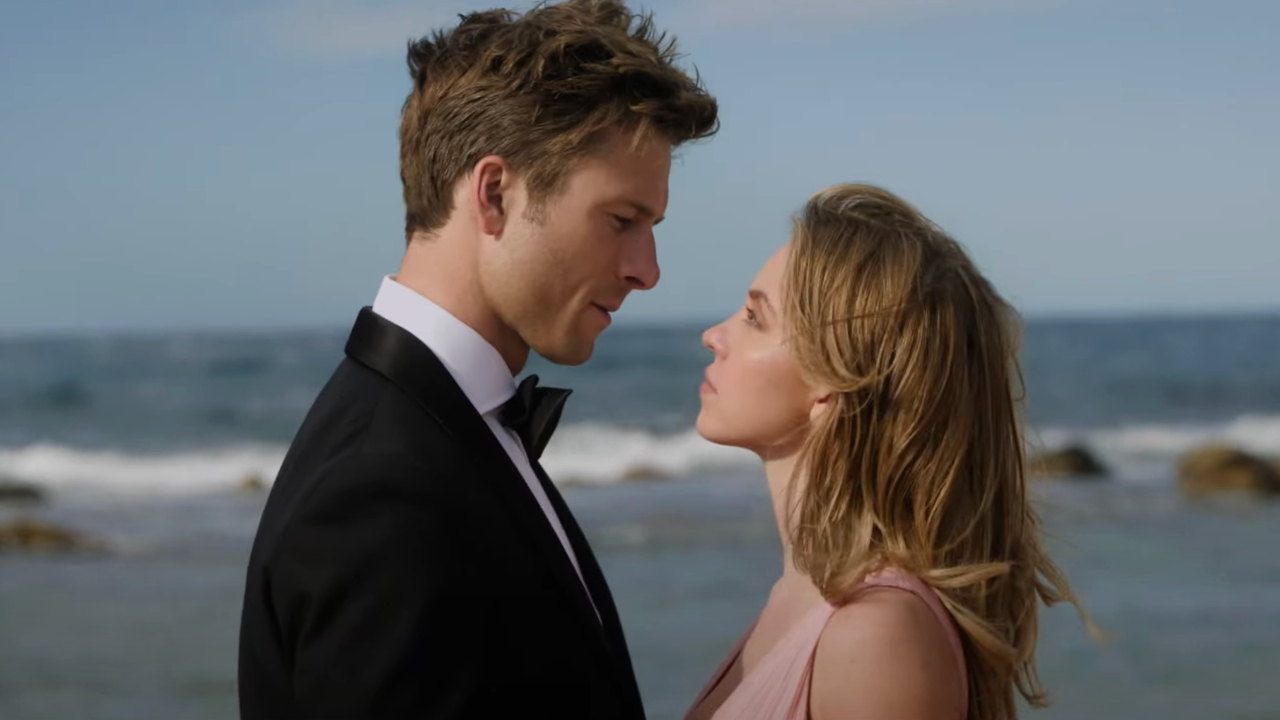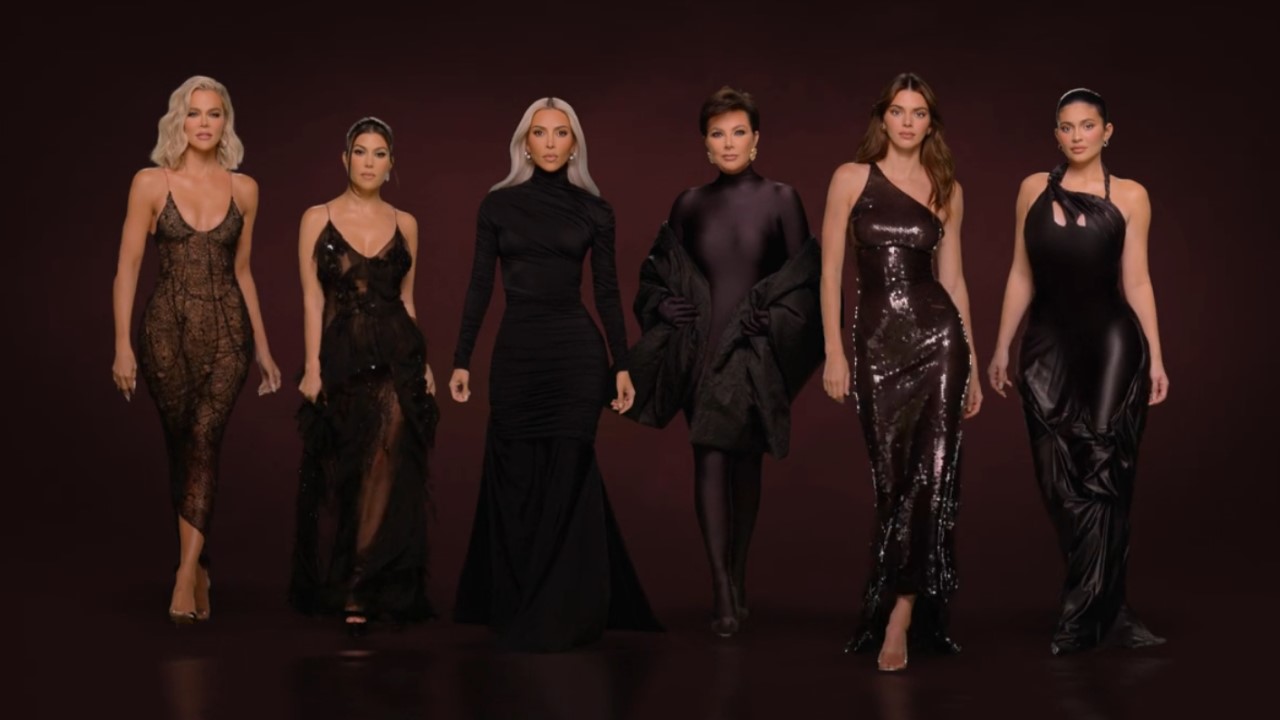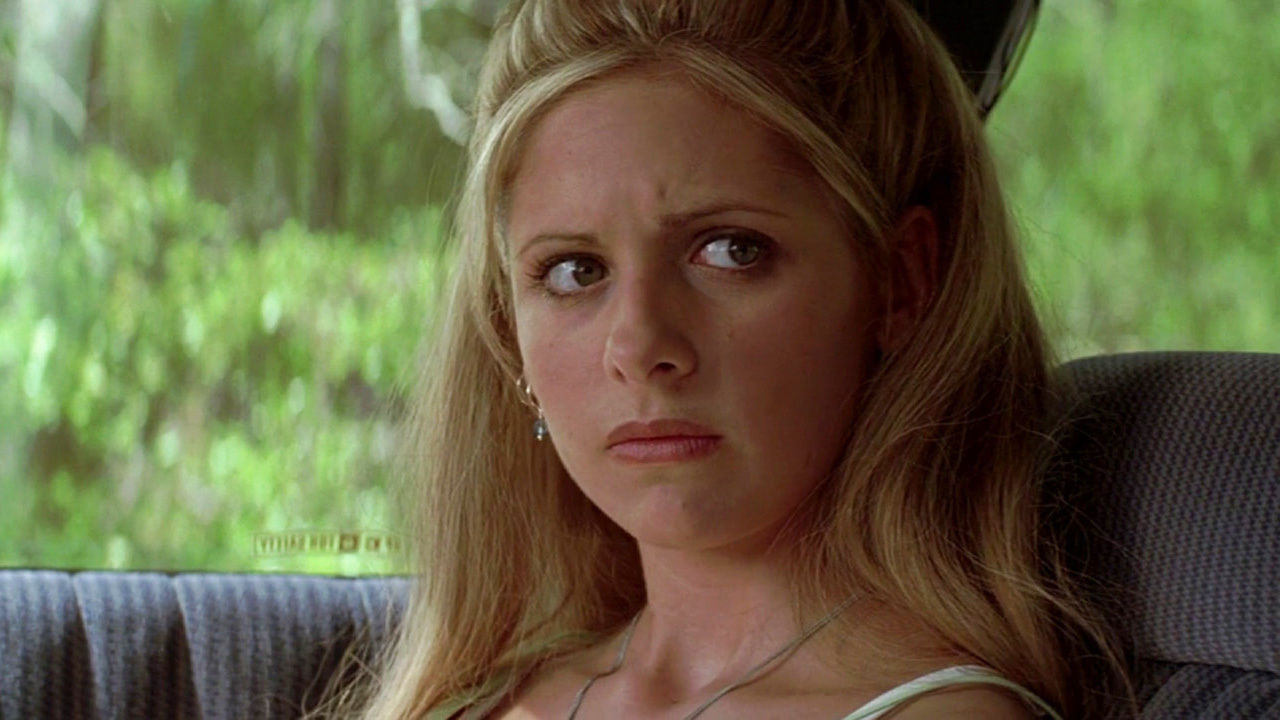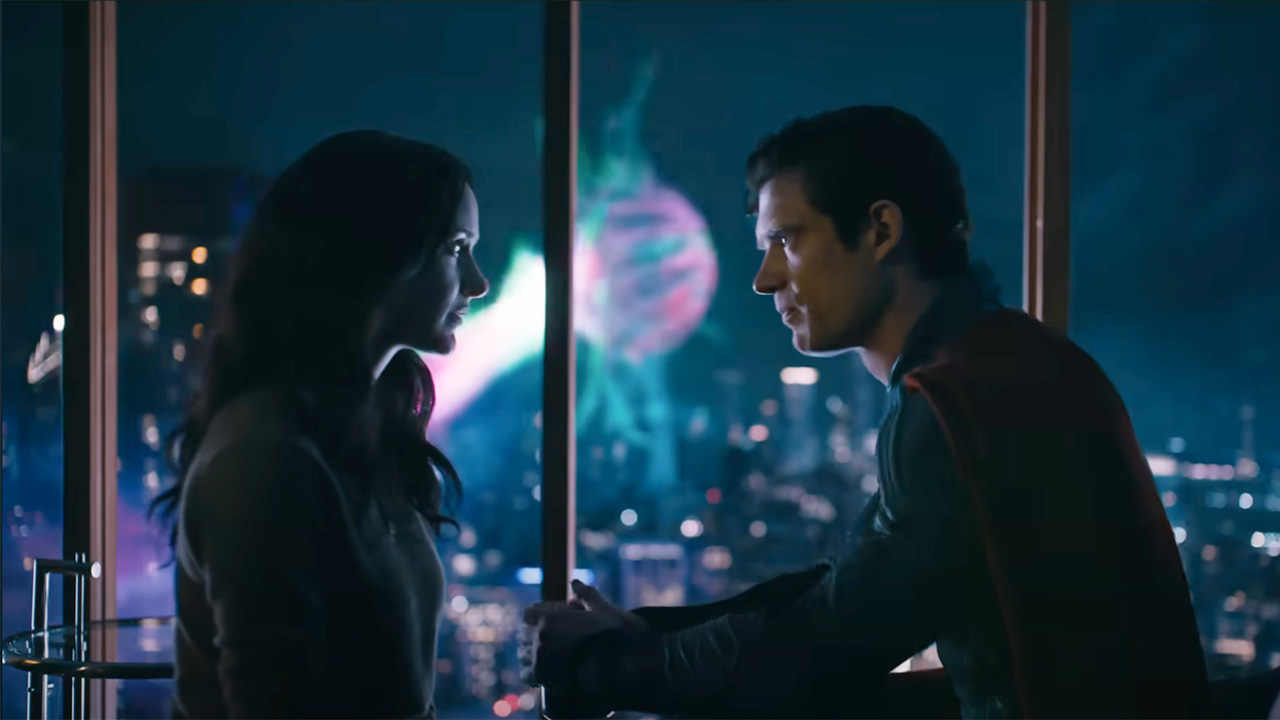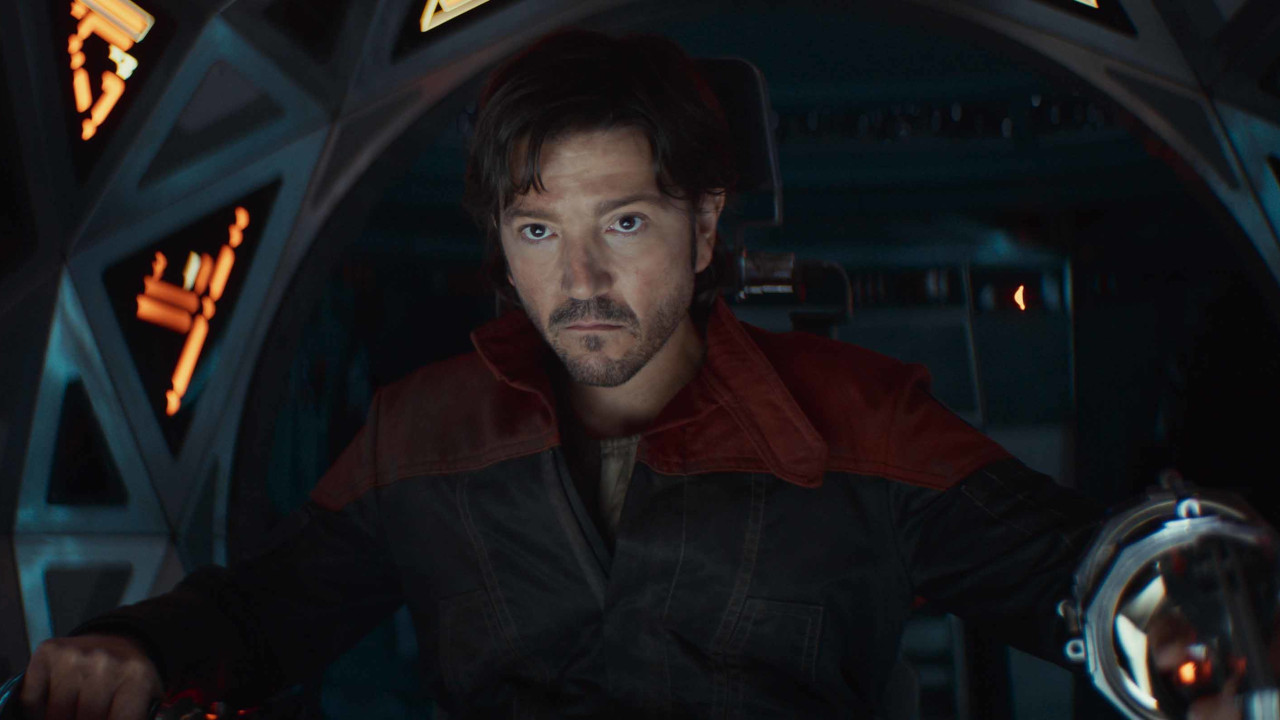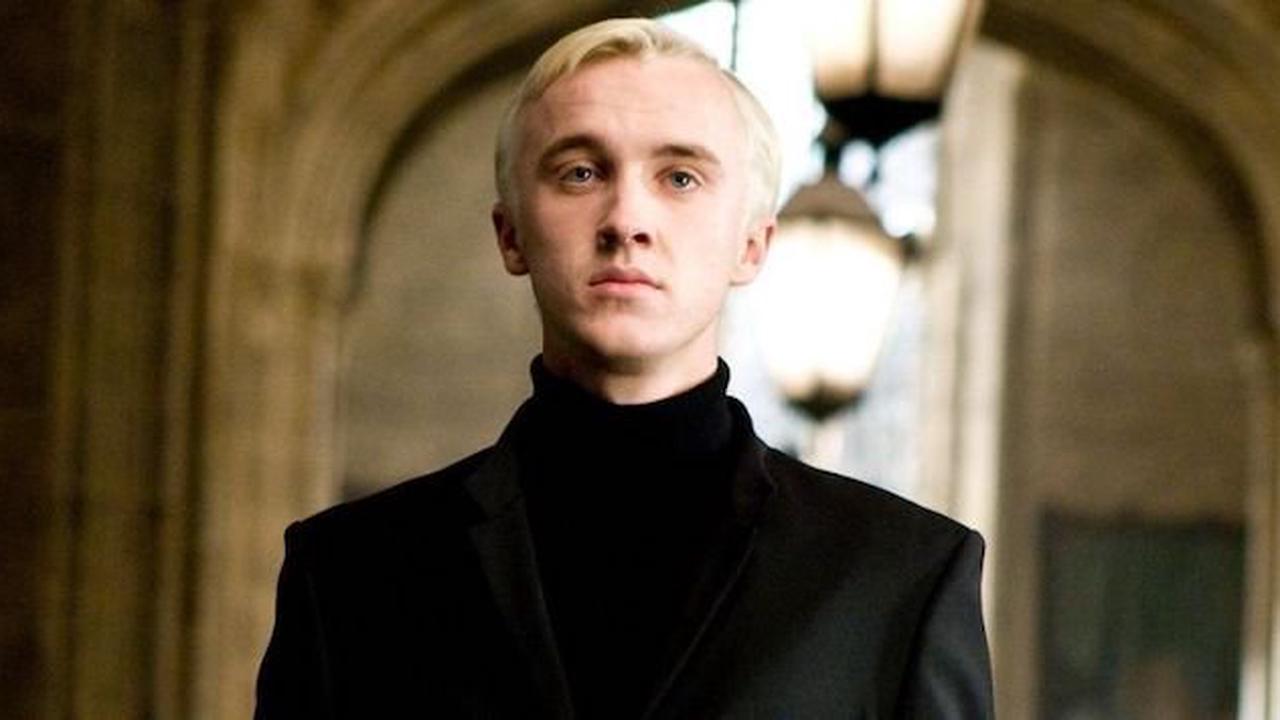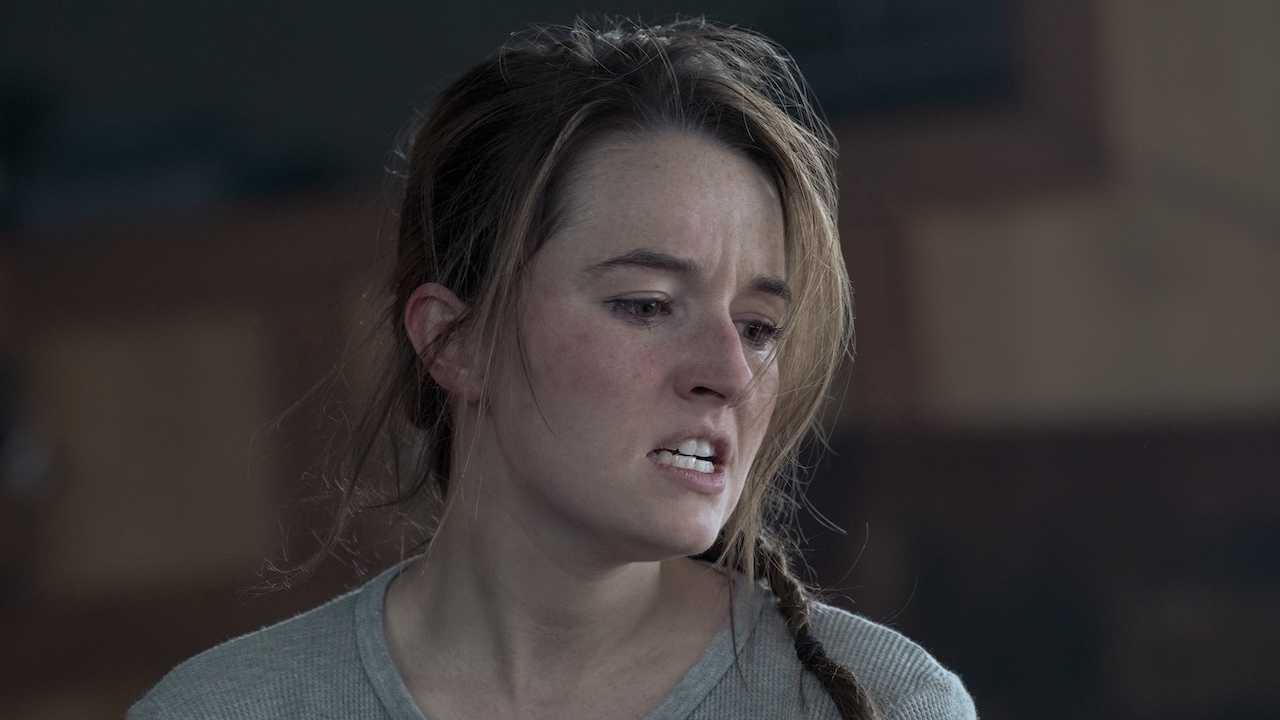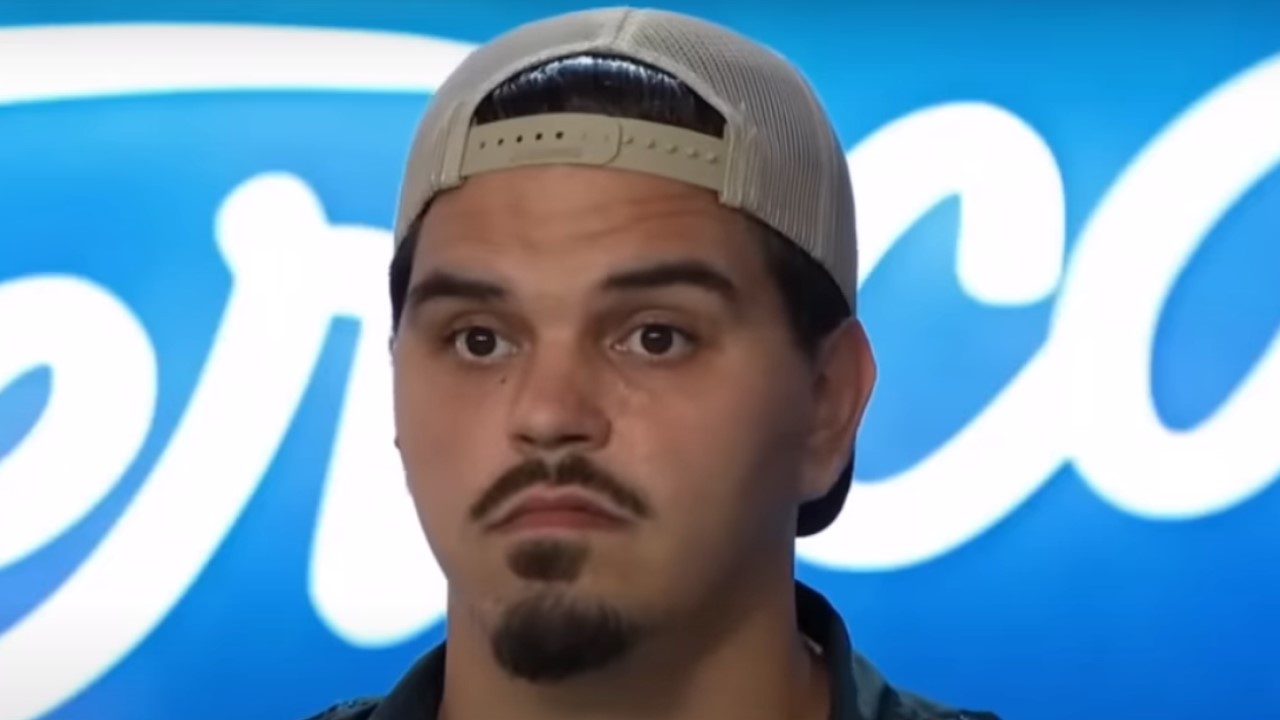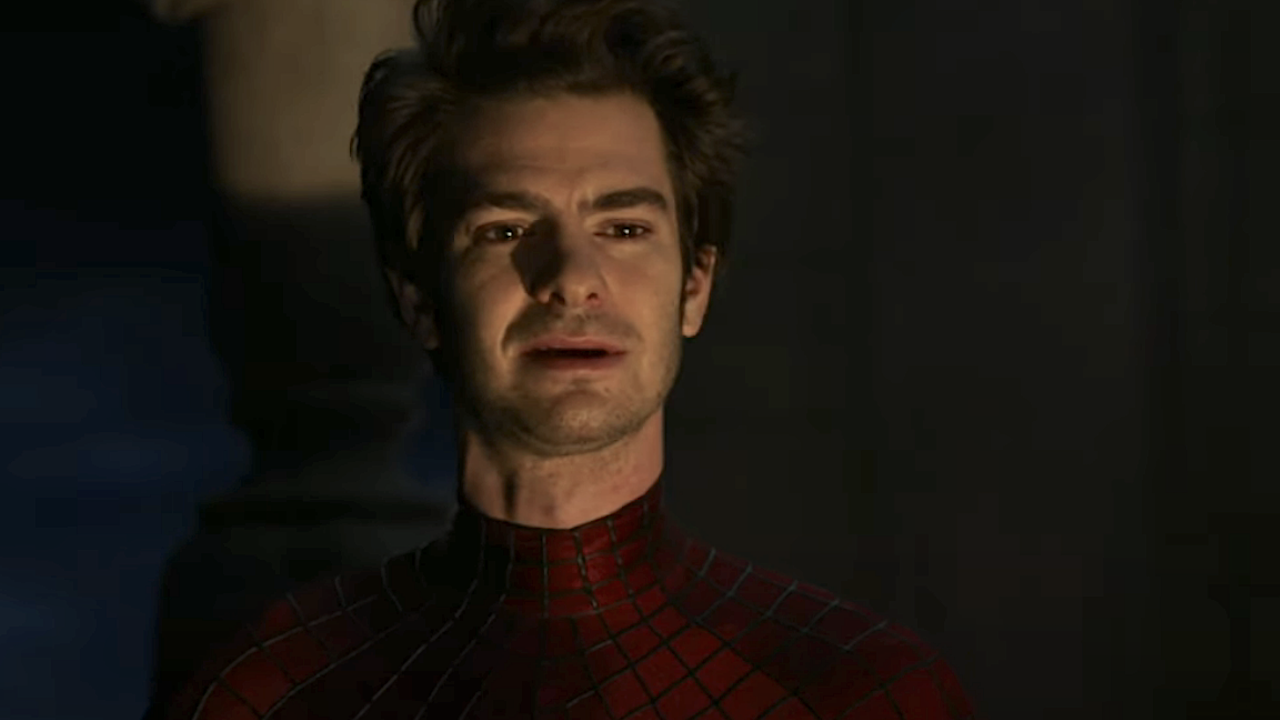Exclusive Interview: Cloudy With A Chance Of Meatballs Directors
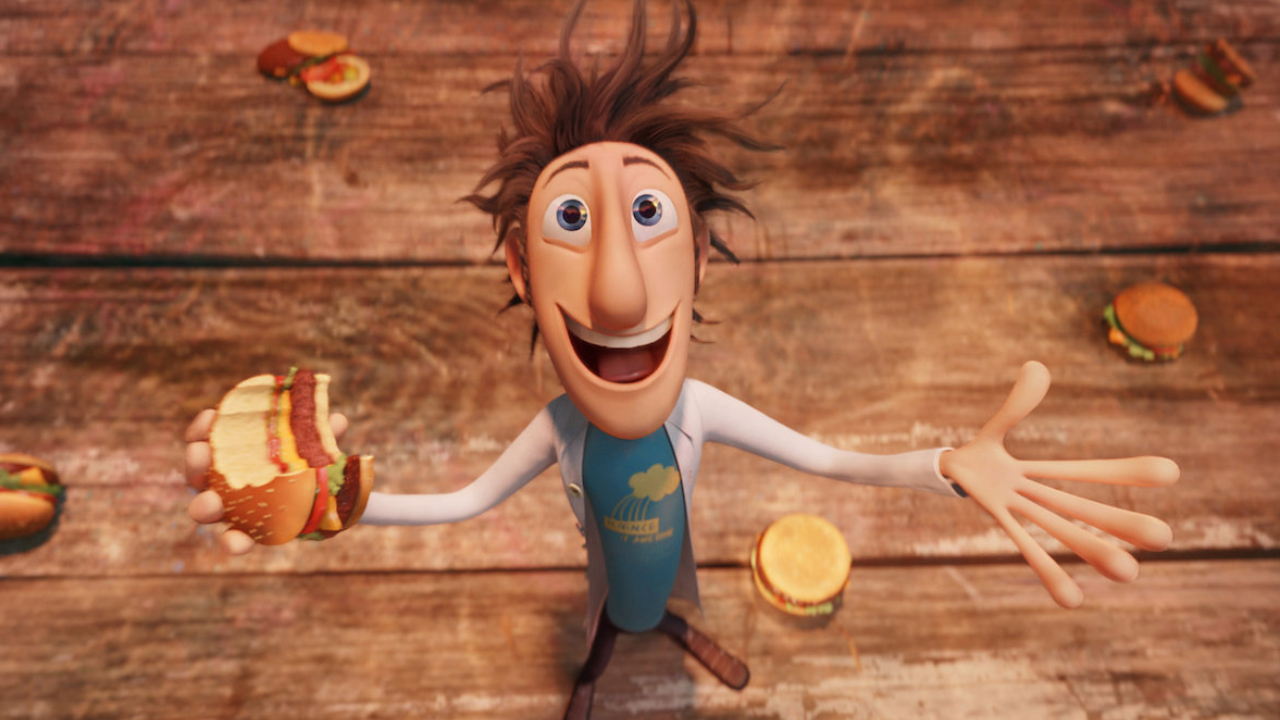
You may have already heard by now that Cloudy WIth a Chance of Meatballs is far, far funnier than you're expecting, packed with absurdist humor and goofy cartooniness that entertains kids and allows adults to feel silly along with it. And while there's amazing voice talent going into the film, and a huge team of animators contributing to its caricatured style, Phil Lord and Chris Miller get a lot of the credit for making the film the crazy wonder that it is.
The two young animators, who created the short-lived MTV animated series Clone High and also wrote for a time for How I Met Your Mother, seem as baffled as anyone that a studio as big as Sony put them in charge of an animated adaptation of a beloved children's book, with the blessing of creators Judi and Ron Barrett. I sat in on a press conference with the two of them and also had a chance to interview them on my own later in the day, after we'd all had our share of the free candy at Dylan's Candy Bar, which was hosting the junket.
Read the interview below, combined between the press conference and the 2-on-1, for Miller and Lord's feelings about being the young kids who snuck on the Sony lot, making a caricature that wasn't ridiculous, and how they resisted the punny urge to have a character voiced by Mr. T say "I pity the food." It sounds like it took a lot of willpower.
We've heard this movie went through a lot of directors and versions. Can you talk about how you got involved?
Phil Lord: Gosh. these movies go through a lot of iterations, you know. Thye are born and they die and they're born again. We came on about six years ago to write a version of the script. We were invited to direct it in February 2006. Why did they not fire us? That's kind of what you're asking.
Chris Miller: Great question.
Phil: That's a great question. That's a mystery to me. They certainly showed great faith in us, and had a lot of confidence.
CINEMABLEND NEWSLETTER
Your Daily Blend of Entertainment News
You guys seem to have just snuck onto the lot to make the movie.
Phil: Such negligence on their part.
Did you feel that way when you were working on it?
Chris: For sure.
Phil: Like, I can't believe they're letting us do this! At some point they're going to realize.
Did you come up with the idea of the machine in the sky?
Chris: Yes, actually. We had actually come in on a meeting for a different project at Sony, and found out they had the rights to this book. It was our favorite kids book, both of us. We basically just grabbed them by the lapels and forced them to let us make this movie because we loved it so much.
Phil: We kind of approached it like, what if this story were a Jerry Bruckheimer movie. How would a big Hollywood studio approach this thing. That's why, OK. If you're going to follow the disaster movie paradigm, they always have the scientist, they always have the reporter and the cop.
You would figure you would have trouble with the studios given the absurdist level of your jokes. But it doesn't feel compromised.
Chris: In the comedy sense I don't think it is. We never got those notes, like, this is too funny, or this is too sharp, this is too smart. The studio would give much broader notes than that. We lost plenty of jokes because of those notes, but it was all in service of the greater story.
Phil: But to their credit, they were in favor of the tone of the movie and the progressive comedy voice that we wanted to give it from the beginning and throughout the process.
Chris: I think that might be the reason we never got fired. Every single time they'd be like, this movie needs work in this way or that way, but we really like the feel of it, we really like the voice and the tone.
Were you ever tempted to make it weirder?
Chris: I mean, the movie is very weird. We fought very hard to keep it this weird. It had been weirder at certain points.
Phil: I think it's at the right level of weirdness right about now.
There's tons of pop culture references all through this. How did you pick them?
Phil: We tried not to do any current pop culture references, because we wanted it to feel timeless. Flint uses machinery from the 780s and 80s because the town's been on hard times for a while, and he doesn't have a lot of equipment. We wanted that to be a subtle background element.
Chris: When we approached this movie we rented every disaster movie from the 70s and 80s, all the Irwin Allen movies. We also watched Armageddon, which is really fun, by the way.
Phil: A lot of that technology in there seems hilariously outdated. We wanted him to be aspiring to not have all the latest gear. That was a great way to marry our affinity for all that cool-looking old technology and fold it into the movie in a way that supported the movie.
Chris: Aesthetically we were trying to be somewhere between Fantastic Voyage and Tron.
You have a lot of big names in the voice cast, and they actually get to be funny. How did you work that much character development into the screenplay?
Chris: To the extent that we are good, to the extent that the script is funny, we did as much as we could to write to the voice of the people we hired.
At what point did they get hired?
Phil: All throughout. Mr. T was a suggestion from our casting director. The relationship between him and the son changed dramatically, because we were like, Mr. T loves kids, and he's only going to tell them to do the right thing all the time. So we changed it to be like, wow, he's the best father in the world. I think Mr. T wanted to do that even more, because he's literally the best person I have ever met. So there's that. Then we really wanted to pack it full of our comedy friends and heroes, and we didn't want someone to have a part and waste them. Unfortunately there was other awesome stuff that wouldn't fit into an 87-minute movie. But we wanted to make sure we gave everyone their moment in the sun.
Chris: You want to hire people and let them do what they're good at. It's sort of a philosophy we had generally with all of our cast and crew. That their intuitive place to go is the thing that you want.
Phil: Then improvising a lot of the dialogue. A few times we got people to do scenes together, we got Bill and Anna to do scenes together a few times, and we got Bill and Jimmy Caan do their phone conversation about sending an e-mail over the phone together, Bill here in New York and James in L.A. That was great, because they were able to improvise a lot of stuff. Everybody added a bunch of hilarious stuff that was not in the script. It made it feel a little less canned having people talk the way that they do.
There's a level of cartooniness to the food and to the people. The Pixar people talk about how caricature is so hard for them. How did you decide on the level of caricature you have here?
Chris: We have an affinity for pushed design and really stylized animation. We didn't want anything to be really necessarily lifelike or rotoscoped looking. Phil: There's no parallel lines in the movie, to give it a more manmade feel. The characters were probably the most cartoony, and the food probably the most realistic, but it needed to fit in a world with these characters. We really wanted to make sure the food looked appetizing.
Chris: So as stylized as possible while still appetizing.
There was a subtlety to the food animation. I expected to see a lot more meatballs and food flying out of the screen. How tempting was it to go old school with the 3D?
Phil: I'm impressed and psyched that you think we held back. We knew that this movie was going to be 3D two and a half years out, and we also knew that there would be 3 or 4 big 3D movies coming out before ours. We had a feeling that the 3D ridiculousness would be played a little bit. We wanted to play it a little on the safe side. The good thing about the new 3D is it immerses you in the story. Don't get me wrong, we did indulge in some ridiculous in-your-face gags.
What was the most challenging food to animate?
Phil: Broccoli, you may notice, is not in the film.
Chris: It's hard to render convincingly, the little mini tree of broccoli.
Phil: I'm sure the Imageworks guys would want us to say, and it's true, that they really can do anything. It's just a matter of what you're putting the focus on. Because broccoli wasn't a huge factor in the movie, we decided to cut bait and do other things.
Chris: Cheeseburgers were actually very difficult, because when they fell they had to break apart convincingly, and not like a rubber chew toy cheeseburger. That meant that they had to model separately, the lettuce had to have the characteristics of lettuce, and the floppiness of lettuce, and the buns had to squish a little bit and the tomato slices and the ketchup and the mustard, all the many different parts of the cheeseburger. Also the spaghetti tornado was a huge, huge project of software building and design.
You seem to have a good rapport. What was your working experience like on this film? Chris: We were friends in college.
Phil: We actually had an animation professor there, I tricked Chris into quitting an important government class and taking an animation course our freshman spring. We got really into it to the exclusion of all our other course work.
Did you move to LA together? Did you live next door to each other?
Phil: We shared a bedroom, and had side by side Bert and Ernie beds. It was a little too much time together. And we carpooled to work. It was sad.
How do you divide the work?
Phil: It would be way more convenient if one of us did one part and one of us did the other part, but we work in the least effiicent way possible . We both try to do everything. So it is sometimes a very long process.
Chris: if there's an arc to our working relationship, it started out that we were both individual filmmakers asking each other advice, and now we're in this position where we're collaborating constantly all the time. That's become a little like a marriage.
It seems like you guys were really caught up in how many people it took to put this together.
Chris: Oh yeah, it's a collaborative process. The scale of it, and also our philosophy is to be as collaborative as possible. We really believe that these are 500 filmmakers we were working with it. For us we really feel like the experience of making one of those movies is you're part of a huge team, and everybody's contributing stuff all the time.
Phil: And with the philosophy of the best idea wins. Early on, with the storyboard artists and the animators, they learned they could pitch something, like a crazy joke that wasn't intended in the shot, and it would make us laugh, and it would get in. And then suddenly they were all trying to top each other to add a lot of stuff. Not all of it would obviously work for the story or make it in, but just the fact that they were engaged in trying to participate creatively made an embarrassment of riches of great stuff.
Chris: You get better work out of everybody, because everyone is invested and they have an ownership stake in the movie and how it turns out. That's literally what a film by a lot of people means.
Are you planning on going forward in animation?
Chris: I think we'll want to stay involved in animation to some degree. I don't know what our next project is going to be. It could be live-action, it could be bagging groceries at Ralph's on Wilshire Boulevard.
Did you bring the joke pacing from your career on TV? And how do you sustain that pace over a 90 minute movie?
Phil: When we started out, the first version of the movie, it was sort of almost Airplane! in tone. A a lot of jokes, and it was relentless in that you checked out after 40 minutes or so. We realized the story needed to have a lot more emotional heft to it. We weeded out some of the stuff that was getting in the way, and brought out some of the real emotion, so hopefully by the end you're emotionally invested. That was a long process getting us to that place.
Why didn't you use a mohawk for Mr. T's character?
Phil: We thought about it, and said OK, it's intuitive to do the mohawk. And we were like, I think all that is, it's not really a joke. It's just-- remember, Mr. T has a mohawk? We wanted to be more clever than that. So we gave him a reverse mohawk.
Chris: There were many times where people were saying and we had him saying, I pity the food.
Phil: Another one people implored us to do was "You had me at Jello."
Staff Writer at CinemaBlend

